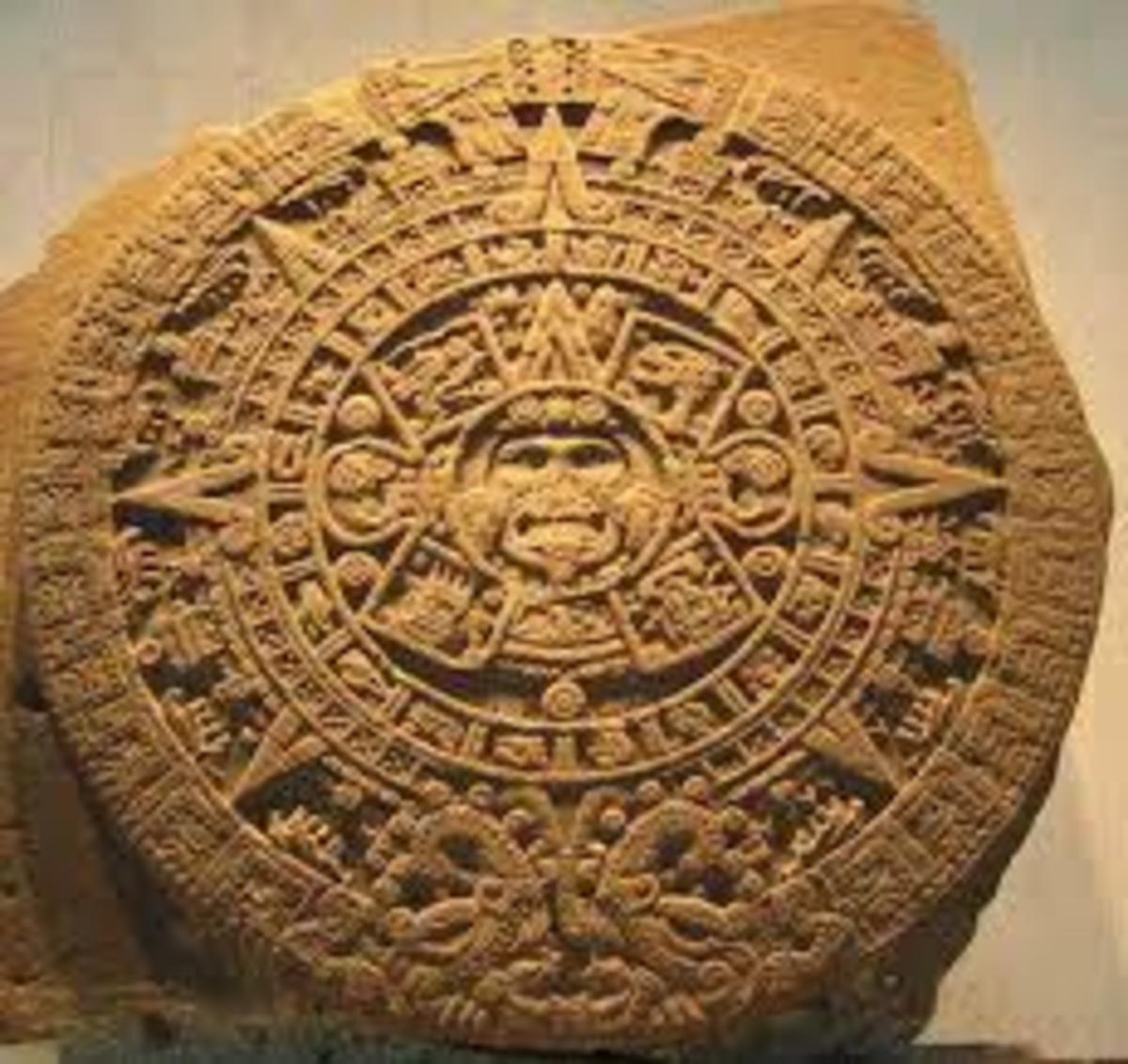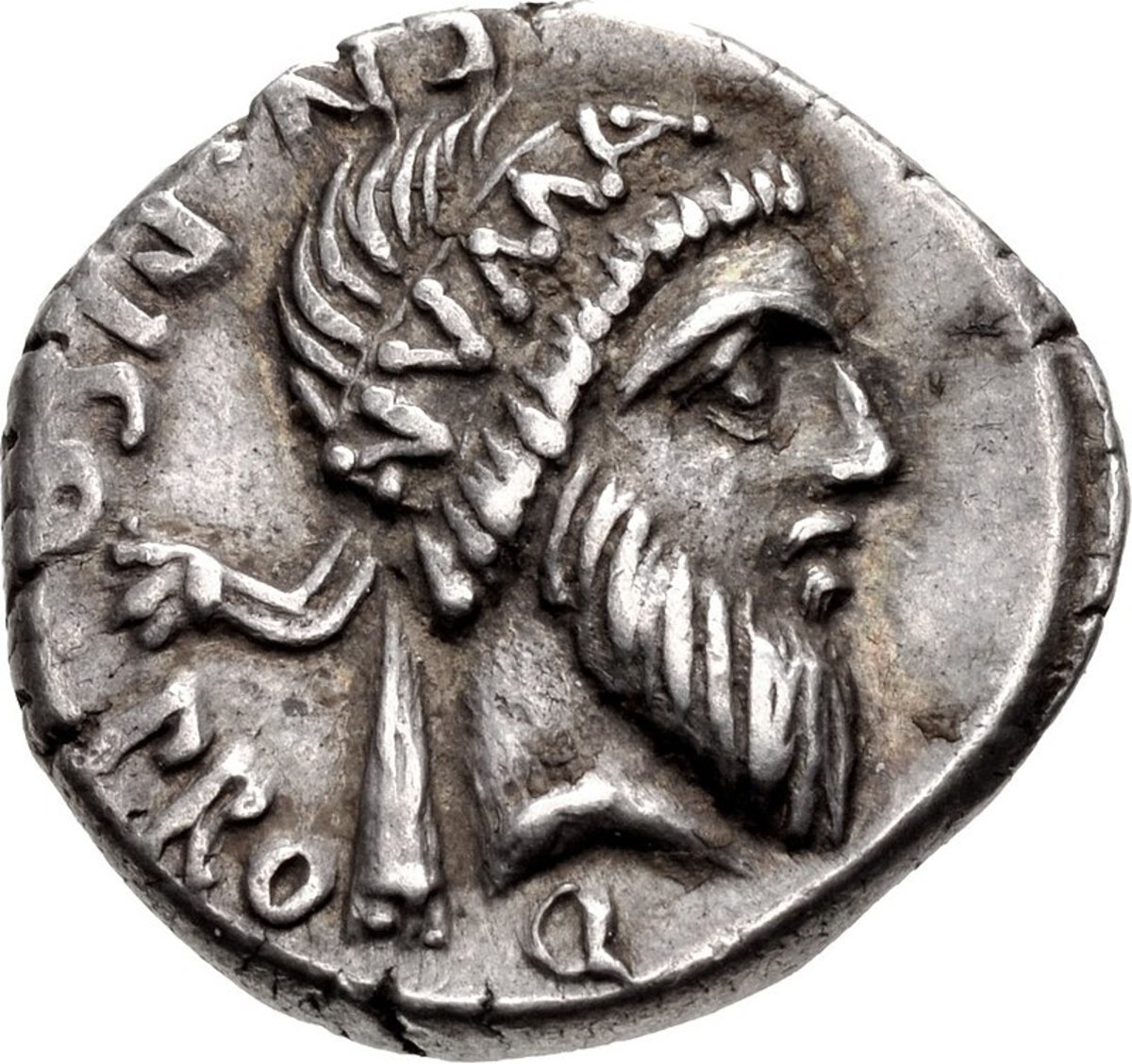- HubPages»
- Education and Science»
- History & Archaeology»
- History of the Americas
The Prognostications of the Maya and Aztecs

Some say that The Mayan calendar did make predictions for the future, but more accurately, it was used to track the planets in the sky and to track the seasons for more fundamental and practical concerns, such as for agriculture and war making. The Maya were zealous sky watchers and the heavens decreed what was to happen. To this end, the king, high priest and astronomer were united in a single person. Their city states were all aligned to the heavens and the priest-king-astronomers would watch the sky from atop their great pyramids and sight celestial events with other structures. They tracked more than a dozen cycles and included them in their complex calendar system. As for prediction, they did track an 8 year cycle of rain and drought through Venus, the 19 year lunar cycle and of course their important dates when the sun was directly overhead as well as the equinoxes such as dramatically displayed every year at Chitzen Itza. Their calendar was connected directly to sky events which is why it is the most accurate in the world. For forecasting eclipses and planetary events, it is not even equaled by our own calendar. For our own purposes, we use some form of a digital orrey.
They also tracked longer cycles and divided their great zodiacal year into five equal parts of 5,125 years; the so called long counts. The end of one such cycle has completed recently and a new one commenced. Some say this is yet to happen on Dec. 21st, 2012, but the sky said differently, which is why the author holds the date of Dec. 21st, 2010 to be the turning point from the fourth long count and the beginning of the fifth long count. The five ages of their long count calendar is directly linked to Venus, which the Maya held Venus in high regard. To them, Venus was the god of war and fortune or misfortune. They closely followed the superior and inferior conjunctions as well as the greatest elongations. In these ways, they created a prophecy system, but a lot of it was engineered prophecy, which means they planned events like wars and capturing of slaves according to the cycles of Venus.

Does it apply today? In the sense of tracking the planets, yes. As for predicting the fall of civilizations and the end of the world, no. Civilizations rise and fall independent of any prognostication for the most part. Of note in this regard, Rome succumbed around 536 AD due to a natural world wide cataclysm more than fulfilling of a prediction. The only surviving part of Rome today, is the Roman Catholic Church, which barely managed to survive. Interestingly, the Aztecs who shared the calendar knowledge of the Maya forecast their own end that came almost right on cue when Cortes sacked the Aztec empire according to a predicted time. Many wonder though if this too was some kind of self induced hypnotic state that allowed for the sacking of a high civilization by a handful of conquistadors. For the great Aztec city state was in many ways larger and more advanced than anything in Europe at the time. When the mistaken identity of Cortes as the returning Quetzalcoatl was discovered, it was already too late.
The story in short goes like this. Quetzalcoatl was cast out in a far earlier period and promised that he would return in vengeance. That time was forecast on their calendar for the fall of 1519 according to our reckoning with their calendar. Cortes was already on the mainland in 1518, but it took until 1519 to reach the Aztec capital. Being white, with a beard as described in legend, caused many to think he was the returning god Quetzalcoatl. Mounted on horseback and with fearful weapons cinched the idea even more. From a troop of 60 odd men, it grew to several thousand when disgruntled locals joined his force en route to Tenochtitlan. They were greeted in peace in a bid to prevent revenge, but a large part of the royal court was publicly killed anyway. Montezuma was taken hostage and gold was demanded for his release. Cortes got the gold and then killed Montezuma anyway. This outrage caused a battle where Cortes was wounded and the fearful citizens learned he was not Quetzalcoatl, but a man like themselves. Cortes and his company had to battle their way out of the capital. The war then continued for more than two years with the end that the Aztecs were scattered into the jungle. Modern Day Mexico City was built on top of the Aztec capital.
Prophecy is a complex issue, some self fulfilling, some engineered and a little of it, particularly when astronomical events line up, actual. As sky, earth and life are all interconnected, a study in this area reveals interesting links. A particular king of the early Maya period, the Jaguar king, Pacal actually did make predictions for the post Maya world. Some of these now appear to be coming true. He predicted a culture obsessed with materialism and things and that they would lose sight of the natural world. This appears to have been fulfilled with the obsession with profit and the destruction of the environment.








